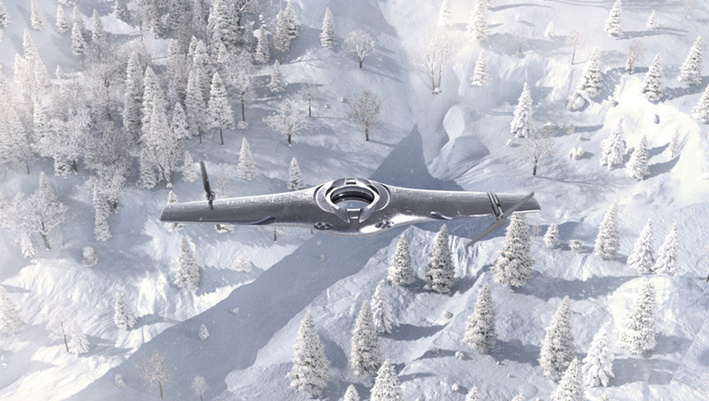
The so-called adaptable UAVs would combine the speed and range afforded of a fixed-wing aircraft, with the hovering and vertical take-off and landing abilities of a rotary-wing aircraft.
According to BAE such vehicles would be better adapted to evolving future battlefield situations and would even be able to work together in swarms to tackle sophisticated air defences or work in cluttered urban environments.
One of the key elements of the concept is a specially developed pole from which the aircraft can be launched or recovered.
Stabilised with gyroscopes to ensure that it remains upright independently of the host vehicle’s orientations, this pole constrains the lateral movement of the UAV when being launched or recovered to protect it from the impact of strong winds.
“The battlefield of the future will require novel solutions to meet emerging threats and to keep human operators safe wherever they may be’,” said Professor Nick Colosimo, BAE Systems’ Futurist and Technologist. “The Adaptable UAVs concept and related technologies are one of a number of concepts being explored through close collaboration between industry and students in academia.”
Professor Antonios Tsourdos, Head of the Centre for Autonomous and Cyber-Physical Systems at Cranfield University, said: “Working with BAE Systems on the Cranfield University MSc in Autonomous Vehicle Dynamics & Control has provided a great opportunity for the students and research staff to explore a range of novel concepts and technologies.”




Nanogenerator consumes CO2 to generate electricity
Whoopee, they've solved how to keep a light on but not a lot else.